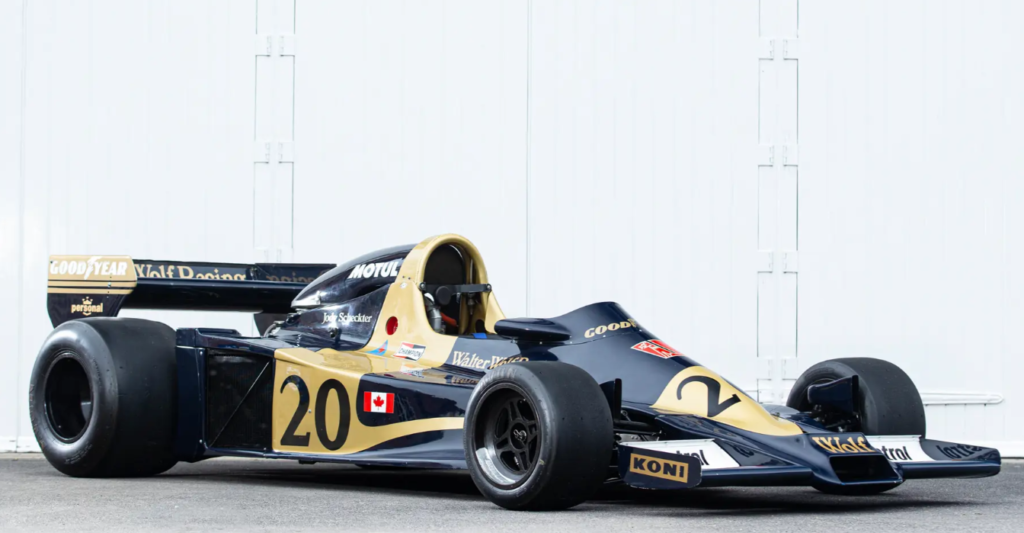2023 Bugatti Chiron Super Sport
Offered by RM Sotheby’s | Monterey, California | August 15-17, 2024

Third Tuesday in a row we’ve featured some late model Bugatti. The problem is there’s just so damned many of them, with all of their special editions and slightly more-powerful versions. The Chiron entered production in 2016 and wrapped in early 2024. Across all variants, 500 are said to have been built.
In 2019, the company launched the Chiron Super Sport 300+. They built 30 of those, and although speed limited, sans limiter they were supposedly capable of 300 mph. In 2021, Bugatti launched the not-all-that-dissimilar Chiron Super Sport. It was mechanically similar to the 300+ but had a better-trimmed interior and a painted exterior (instead of bare carbon fiber).
The engine is a quad-turbocharged 8.0-liter W16 rated at 1,580 horsepower. The top speed was limited to 273 mph. Something like 80 of these were made, and the very last Chiron built was of this spec. This one has an estimate of $3,750,000-$4,250,000. More info can be found here.









